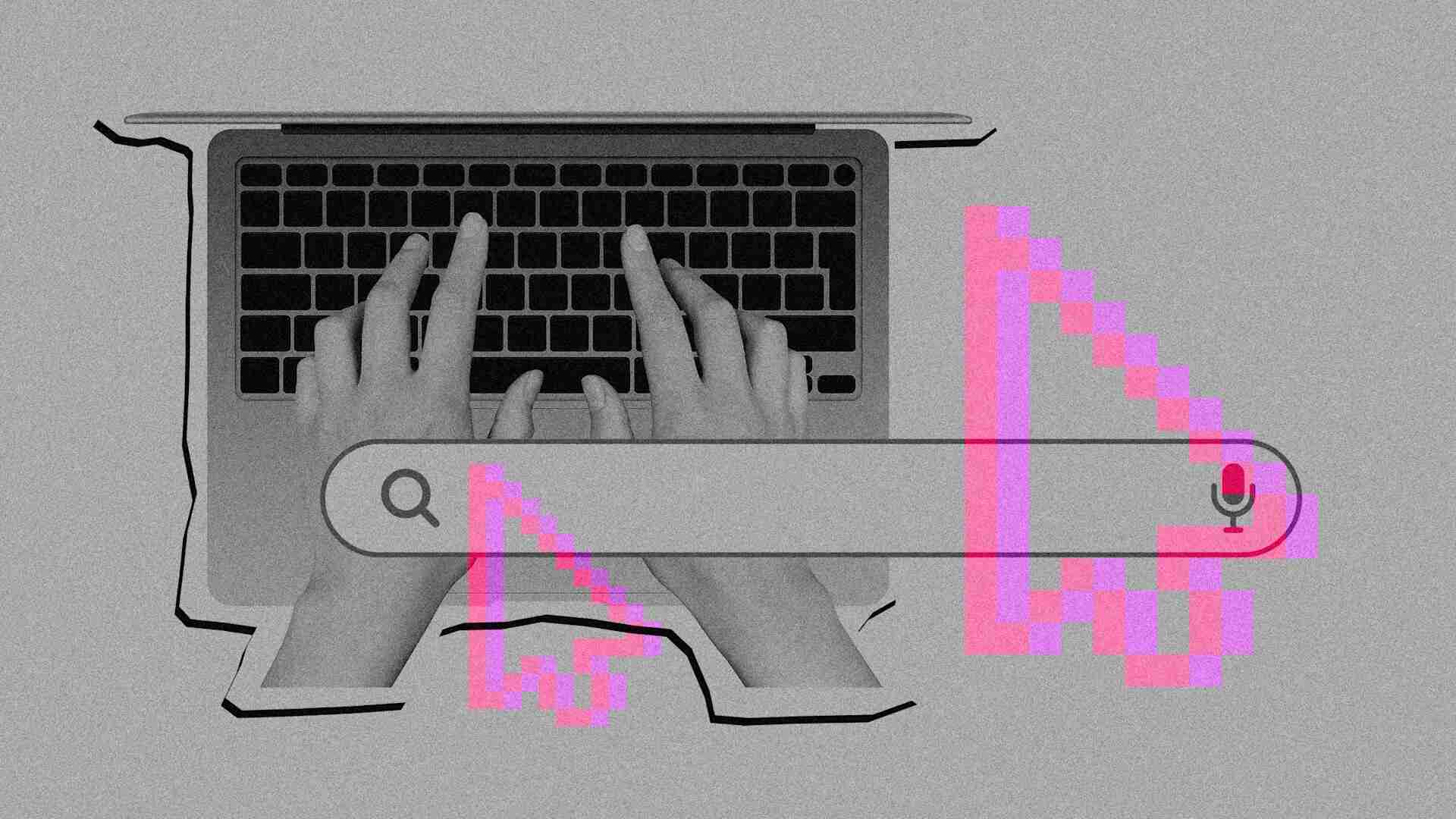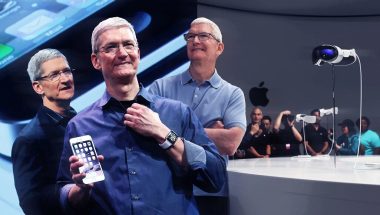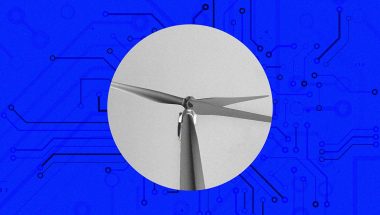- | 2:00 pm
This AI voice assistant is helping surgeons save time, money, and lives
The future of surgery empowers teams with voice AI, accelerates workflow, and keeps patient care at the heart of every decision.

In the high-stakes environment of an operating theatre, every second counts. Surgeons juggle precision, focus, and split-second decisions, often under immense pressure. Yet, despite decades of technological advancement, one critical tool has remained largely analog: the surgeon’s ability to communicate with their team and control the operating room environment. Enter Rain Stella Technologies (RST), an Abu Dhabi-based startup that is changing the game with Orva, the region’s first voice-AI platform for operating theatres.
From Voice Tech to the Heart of Surgery
Eric Turkington, Chief Product Officer at Rain Stella Technologies (RST), says the origin story comes from nearly a decade working in voice technology, but not in the smart-home domain. “We’ve been working in voice technology for nearly a decade now, since the early days of Amazon Alexa and Google Assistant. The more we explored applications that could truly move the needle, the more we realized the opportunity wasn’t in consumer interactions at home—it was in improving efficiency for deskless professionals. Doctors and nurses in healthcare constantly multitask, with their hands and eyes occupied. The operating room was a perfect environment where voice could transform workflows, freeing up cognitive resources and hands to focus on the patient.”
Turkington’s observation reflects a broader shift: while voice AI is often associated with consumer devices, its power to boost productivity in complex, high-stakes environments is only now being realized.
Why Voice Makes Sense in the OR
Contrary to what one might expect, the sterile nature of the OT actually makes voice interaction safer. Turkington explains, “While our primary users are circulating nurses who aren’t in the sterile field, the touchless nature of voice computing actually promotes sterility. The less you touch keyboards or mice surfaces that everybody handles, the safer the environment.”
That’s not just a usability win, it’s an infection-control win, minimizing surface contact in an environment where every touch can matter.
The High Cost of Low Efficiency
Operating theatres are among the most expensive, and most revenue-generating departments in hospitals. According to studies, the OR can account for 35–40% of a hospital’s total costs. Turkington doesn’t shy away from putting numbers on the stakes: “Operating theatres are responsible for 35 to 40% of hospital costs. One minute of OT time can range from $100 to $200 when you factor in space, staff, and consumables. Seconds, minutes, they add up fast. Improving efficiency isn’t just about convenience; it recovers revenue, prevents case cancellations, and even helps capture unplanned procedures for proper billing. Orva ensures these micro‑moments are recorded accurately in real time, not from memory, creating a shared sense of truth for better decision‑making.”
His point is backed by broader research: operating rooms are often underutilized. In some settings, raw utilization (i.e., time that rooms are actually used for surgery versus available time) reaches around 83.8%, with losses driven by delays, equipment issues, or staffing gaps. Moreover, inefficient ORs don’t just waste time—they waste money. A study in a South African hospital priced OT time at ZAR 31–33 per minute, reinforcing how quickly costs escalate when utilization is poor.
Real-Time Coordination and a “Single Version of Truth”
For Turkington, another core strength of Orva is its ability to create real-time coordination across the surgical team. “Even in technologically advanced hospitals, human-to-human communication is still critical. Someone is running down the hallway to deliver a message. Orva tracks all statuses, sends real-time updates, and flags delays, allowing OT managers to act proactively rather than reactively.”
By providing live visibility into where a patient is, what stage the case is at, or whether a delay is brewing, Orva helps flatten the ad-hoc chaos that plagues many OTs.
Reducing Burnout for Nurses
Efficiency is more than a financial story, it’s a human story. Turkington emphasizes Orva’s value to nurses. “Nurses are the unsung heroes of surgery. With Orva, they can log milestones or report issues without navigating 20‑click menus. This reduces mental load, stress, and burnout, letting them focus on patient care. Our design principle is simplicity: powerful, but intuitive, respecting the hierarchy of what matters most.”
In fact, the World Health Organization has highlighted the global nursing shortage, noting that the UAE and Eastern Mediterranean region are particularly exposed to workforce gaps. By reducing administrative burden and improving workflow, Orva could help retain critical nursing talent in high-pressure surgical settings.
Turkington stresses that Orva is not about automation for automation’s sake. “Every time we use AI, we make a recommendation, but humans make the final decision. You can tune alerts, escalate situations, or use rule-based logic. Keeping humans in the loop ensures that operations remain flexible and responsive.”
This human-centric approach also extends to how data is captured and used.
Building a System That Listens Accurately
One of the biggest challenges Orva’s team faced was ensuring voice accuracy in a noisy, multilingual OT. Turkington explains, “We created a custom surgical corpus for training our language model like words, phrases, and sentences specific to operating theatres. Generic models don’t capture that context. We also train for accents prevalent in the UAE, from Filipino to Malayalam. Reliability and responsiveness are key: Orva must recognize commands 97% of the time without false activations.”
That level of robustness is non-trivial. The system must distinguish surgical jargon, noisy instrumentation, and voices with a wide range of accents, while avoiding “phantom” activations.
Predicting Cases, Preventing Bottlenecks
Orva’s vision goes beyond reactive assistance, it’s building predictive intelligence. Turkington describes the company’s use of relevance-based prediction: “The more data you gather, the more intelligent you can make recommendations. We’re actually working with an algorithm called relevance-based prediction, which looks at historical data and determines, for anything you’re trying to predict in the future, ‘how long is this case going to take?’ Averages can lie. Relevance-based prediction helps isolate for this case, for this person, for this surgery, for this time of day. The more data you have, the more reliable those predictions become, and the more impactful your impact can be.”
This predictive scheduling could help hospitals reduce overtime, avoid case cancellations, and maximize OR utilization.
Bridging the Continuum of Care
But Turkington sees Orva’s potential well beyond the OT walls. “The untapped potential is uniting patient engagement before and after surgery with clinician-to-clinician handoffs inside hospitals. From reminding patients about fasting protocols to tracking post-operative care adherence, voice-AI can ensure continuity, improve outcomes, and bridge gaps in care.”
It’s a vision of voice-AI that supports the entire surgical journey, from pre-op to post-op, and back into the ward.
With such power, ethical guardrails are critical. Turkington is clear: “If you have the patient’s interest at heart, and then the clinician’s, you’re on the right track. Efficiency cannot come at the expense of outcomes. In surgery, the fastest procedures often have fewer complications. Better data enables better care, aligning hospital economics with patient health—a true win‑win.”
That alignment between economic incentives and patient well-being is what underpins Orva’s design philosophy.
Early Wins and Regional Momentum
Early deployments of Orva in UAE hospitals are already showing promise. Turkington reports, “This region has been bullish on AI in healthcare. It’s not about whether we should deploy it, but how. Clinicians appreciate tools that help them coordinate, document, and focus on care, rather than replace them. Orva creates a shared sense of truth and empowers the team to optimize every second.”
These early adopters have reported shorter case times, fewer delays, and better coordination; concrete signs that Rain Stella’s vision may be more than a technological dream.
In a region renowned for embracing high-tech innovation, Rain Stella is proving that voice-AI isn’t just a novelty, it’s a surgical efficiency multiplier. By giving surgeons, nurses, and OT managers a shared, voice-enabled assistant, Orva is rewriting how operating theatres work, how they cost, and how they deliver care. And as Turkington says, “When you align patient outcomes, clinician well-being, and hospital economics, you create a powerful, sustainable force for better care.”






































